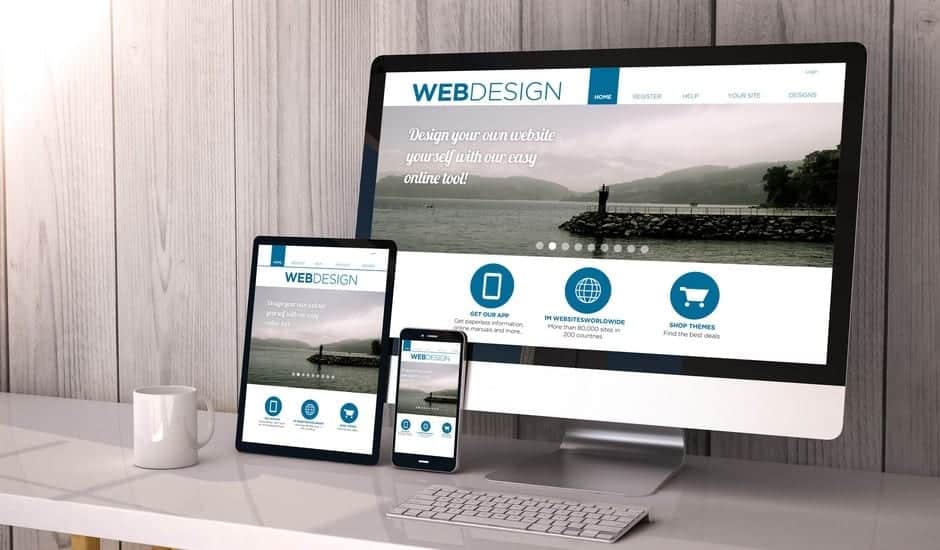How do you ensure your website will be well-received around the world? At Lingo24, we’ve learnt some valuable lessons about how affordable – and profitable – it can be to dip your toes into the foreign language internet by building websites optimised for different countries and language groups.
Several years ago we built special sites for our translation agency that were optimised for the German, Spanish, French, Italian, Chinese and Japanese markets, and consequently saw a surge in our profits as our custom in those markets soared.
It wasn’t all smooth sailing, though, and along the way we learnt a few things about how to not only optimise your website for search engines in foreign markets, but also how to create websites and content that communicate easily across cultures.
You need to be aware that different cultures will have very different aesthetic preferences, based upon their own cultural biases, but by following a few basic principles, you can help to make your websites more acceptable across different cultures.
Here are a few of the lessons we’ve learned…
Content that travels

You need to take special care with your content if you want it to ‘travel’ successfully to different cultures. You already know how important your English language content is; it’s at the heart of your website. Without it you wouldn’t be able to attract visitors, keep them coming back for more, or achieve decent rankings in the search engines. You want your content to be as effective as possible at doing all those things, no matter where in the world your audience is.
The key to good multilingual content is to ensure that your English-language content is as good as it can be. This means well-written, relevant and targeted content. With 78% of global web users not speaking English as their native language, the chances are you’re going to need to get your content translated at some point. Starting with good quality English content is a big help in the translation process.
The best way to have your content translated is to use a professional translator. They will ensure that the foreign language version is as accurate and close to the original as possible. They can also deal with things like slang and abbreviations, which can be tricky to translate properly. If your budget won’t stretch to a professional translator, you might consider using an online translation service, like Google Translate. These services are good, but don’t expect anywhere near the level of accuracy you can achieve from a human translator.
Keywords that translate

One aspect of your content which you can’t leave to an automatic translation service is your keyword list. Keywords are just too important to your search engine marketing (both natural and PPC) to leave to a computer to translate. You should really enlist the help of a professional translator to ensure that your keywords are properly translated.
You can’t even rely on a dictionary to translate your keywords, because the direct dictionary translation may not be quite right – the most popular keyword may be a colloquialism, English-appropriation or something else entirely. A translator experienced in working with web content will also be able to help you with keyword research for the market you are targeting.
Colours that captivate

The design of your website is also a big factor in how well it will be received in different cultures, and one of the most important parts of web design is the use of colour. It’s not just about aesthetics. Colours can have many different cultural connotations, which you need to be aware of. For example, red is often used to symbolise passion or power in western cultures, but in India it is more associated with purity, while in China it is linked to celebration and good luck. Green often has environmental overtones in the west, but in Islamic countries it’s usually reserved for religious purposes.
There are many examples of colours having different meanings in different parts of the world. As a designer you need to be aware of this and research what the impact of your website’s colour scheme may have on your target audience, using graphs such as this one. Use your web analytics data to determine where most of your visitors are coming from and see if your colour choices are likely to resonate with them in the way you intended.
Layout that works

You should make sure that you use well-formed CSS to keep your content separate from your design. This will make it easier to switch the language of your content by simply swapping out the English text. Ensure that you use UTF-8 character encoding because it allows the widest range of language scripts.
The layout of your site is also important. First, be aware that different languages may require more or less space for text. For example, a paragraph in German may take up more space than the same paragraph in English. Some language scripts may also require bigger line heights. By designing with these differences in mind from the start, you will end up with a CSS template which can be used on many foreign versions of the same website.
You should also remember that not all languages are read from left-to-right. So a left-hand navigation menu may not be as convenient for someone who begins reading on the right- hand side of the page. One way around this to use a horizontal navigation structure across the top of the page.
By staying aware of the cultural differences of your website’s global audience, you can make sure that your localised sites will be well-received by as many people as possible – and subsequently see a surge in your traffic (and profits). Good luck!




